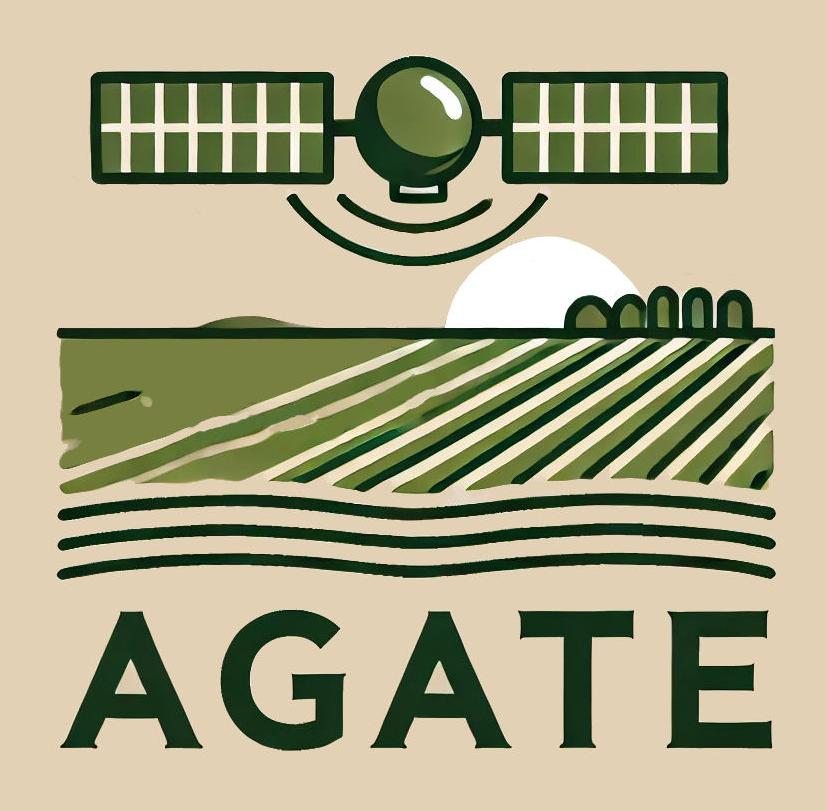Advancing knowledge on Agricultural NOx, NH3 and CH4 emissions through Earth Observation data in close collaboration with users from Flanders, the Netherlands, the Po Valley and Southeast Asia
Agricultural regions face air pollution, soil degradation and methane emissions from activities such as livestock and crop production. Addressing these problems requires accurate data on the magnitude, location, timing and sources of emissions, but traditional bottom-up methods often produce large uncertainties. To achieve better high-resolution maps of agricultural emissions, the AGATE project is investigating whether the use of advanced satellite data and local proxies can provide a solution. Emissions will be validated, uncertainties assessed and nitrogen deposition modelled to evaluate environmental impacts and support mitigation strategies.
Regions with intensive agriculture usually suffer from air pollution (due to NH3 & NOx emissions), acidification/nitrification of the soil and are also responsible for the release of methane emissions. Tackling these problems requires reliable data on the magnitude (ton/year), location, temporal patterns and type of emission sources (livestock, crops…). However, existing emissions data on agricultural activities are typically based on bottom-up techniques that are prone to large uncertainties.
Using recent satellite data and improved algorithms, KNMI (Royal Netherlands Meteorological Institute) will derive NOx, NH3 and CH4 emissions at a resolution of 0.1 degree (10 km) for four key agricultural regions, namely Flanders and the Netherlands, the Po Valley, North-east India and SE Asia.
VITO's role
VITO’s air quality measurement and modelling teams are contributing to the following key activities:
VITO will downscale this emission data to higher resolution, using local proxy data such as landuse, population and existing emissions spatial data to provide high resolution emissions data at 1km resolution. This will result in ammonia emissions for crops and livestock over all areas, NOx emissions from soil and methane emissions from the rice fields and livestock in the Po valley and SE Asia. For the EU regions, a validation step will be performed by using these emissions to model the ammonia concentrations which will be evaluated against available observational data. Using data assimilation techniques, the uncertainties of that emissions data will be analyzed and if possible, the emissions data further improved.
In a final step, as defined by the needs of the Flemish and Dutch users, nitrogen deposition modelling will be performed over Flanders and part of the Netherlands to assess the impact of nitrogen deposition on nature areas.
Key users
- Vlaamse Milieumaatschappij – Flanders Environment Agency (VMM)
- Vlaamse Landmaatschappij (VLM)
- Nederlandse Emissieregistratie, Rijksinstituut voor Volksgezondheid en Milieu - National Institute for Public Health and the Environment (RIVM)
- Agenzi Regionale per la Protezione Ambientale (ARPA-Lombardia)
- Geoinformatics Center – Asian Institute of Technology (AIT)
- The Energy and Resources Institute (TERI)

